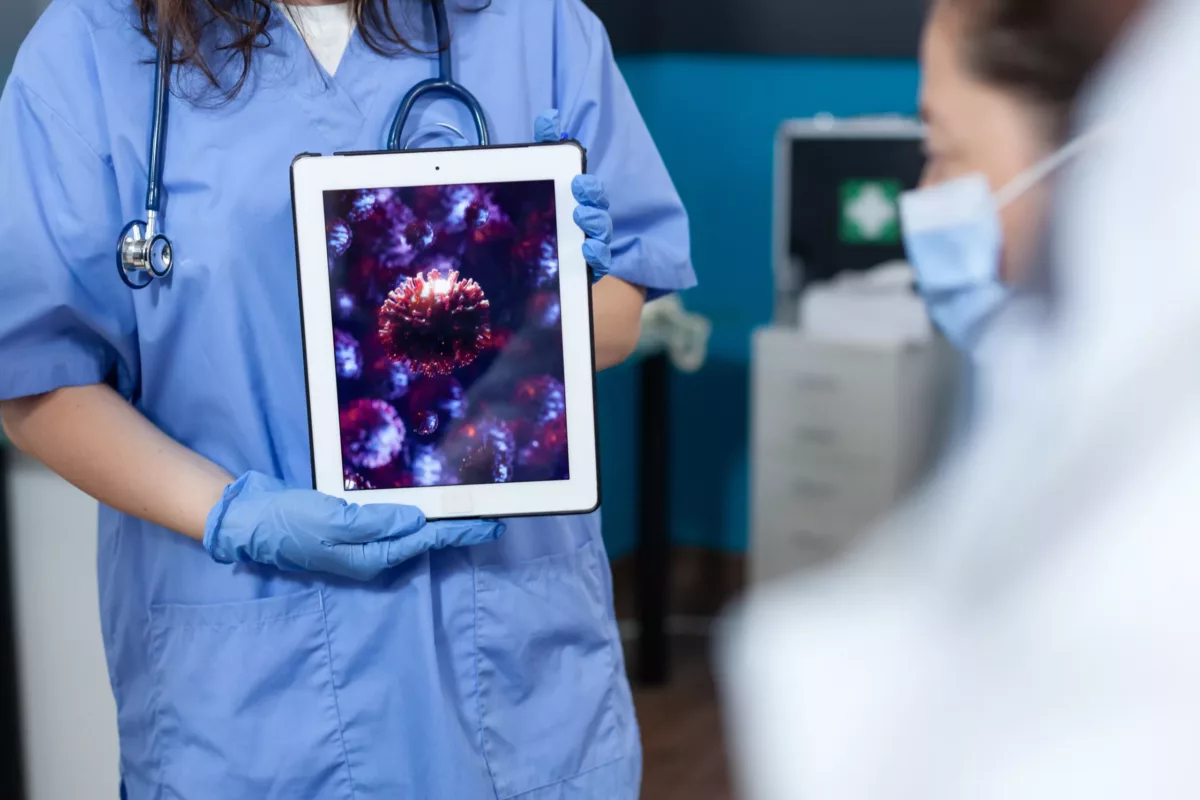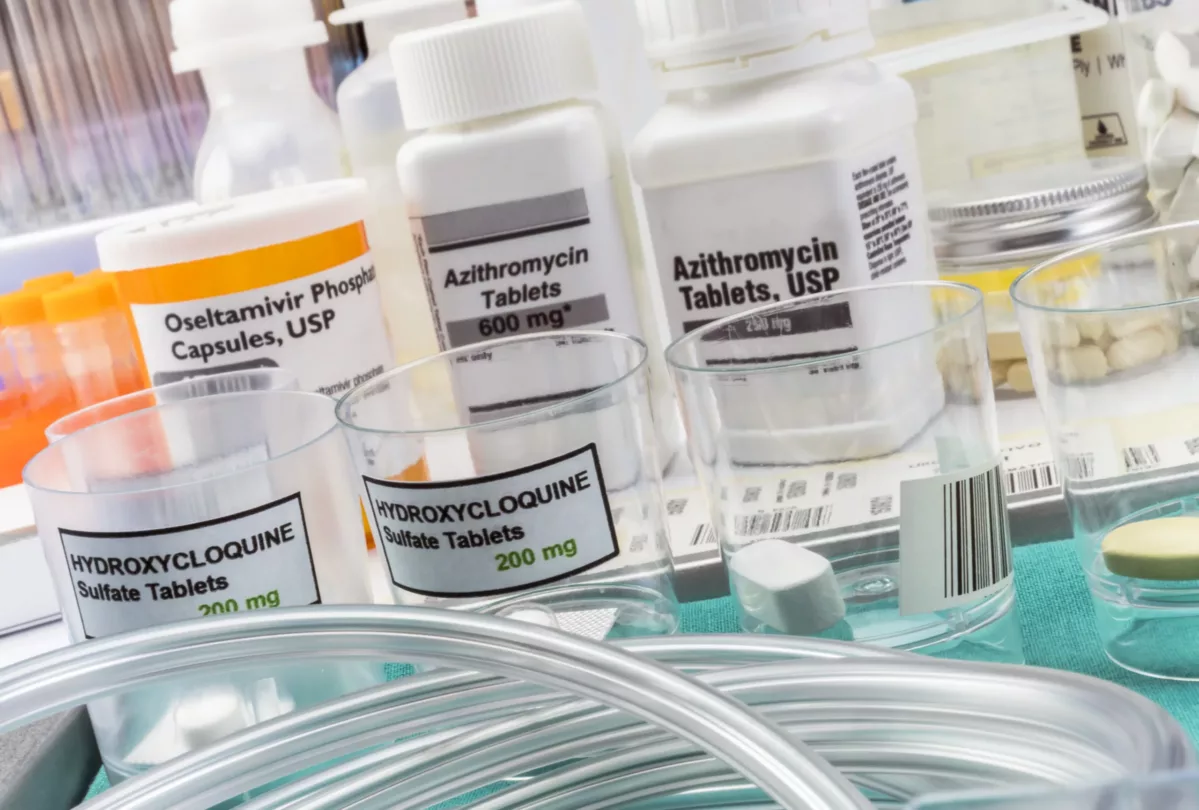A type of slow-growing cancerous cell that may develop anywhere in the body is called a carcinoid tumor. Furthermore, carcinoid tumors are one subset of the neuroendocrine tumors that usually start to develop in the digestive tract (including the stomach, small bowel, colon, rectum, and appendix) or the lungs.
In most cases, people with these tumors do not experience any symptoms until the advanced stage of cancer. However, carcinoid tumors may produce certain hormones that may cause skin flushing or diarrhea.
Treatment for these tumors often includes surgery and medicines (such as chemotherapy).
Symptoms
The symptoms of carcinoid tumors are different among people because they depend on the size and location of the tumor. For example:
Carcinoid Tumors in the Lungs
- Wheezing
- Chest pain
- Shortness of breath
- Diarrhea
- Redness or warmth in the neck and face (also known as skin flushing)
- Weight loss, especially around the abdomen and upper back
- Stretch marks that may appear pink or purple
Carcinoid Tumors in the Digestive Tract
- Rectal pain or bleeding
- Nausea
- Vomiting
- Bowel obstruction caused by intestinal blockage
- Diarrhea
- Abdominal (belly) pain
Immediately contact your healthcare professional if any of the previous symptoms occur.
Causes
Experts do not fully understand why carcinoid tumors happen. Usually, the cancer cells appear when cells develop DNA changes. In normal circumstances, DNA contains multiple instructions that tell cells when to grow, multiply, and die. However, in people with DNA changes (mutations), cells receive different instructions that make them grow and multiply abnormally. If abnormal cells become too much, they may form a mass called a tumor that often invades healthy tissues and destroys them. If the tumor grows too large, it may break and spread throughout the body (in such cases, it is called metastatic cancer).
In addition, neuroendocrine cells are found in multiple body organs. Moreover, these cells perform nerve cell functions and hormone-producing endocrine functions. Insulin, Serotonin, and Histamine are some hormones produced by neuroendocrine cells.
Risk Factors
While doctors do not know the exact cause of carcinoid tumors, they identify some factors that may increase your risk of developing them. Examples include:
- Age – Older people are more prone to developing these tumors compared to young adults or children.
- Sex – Females have an increased risk of developing these tumors compared to males.
- Family history – If you have a parent or sibling with multiple endocrine neoplasia, type 1 (MEN 1), the risk of developing carcinoid tumors is high. Commonly, people with MEN 1 develop many tumors in the endocrine system glands.
Complications
Carcinoid tumors may produce some hormones and other substances that may cause several complications. Check some of them below:
- Carcinoid syndrome – This complication causes skin flushing (a warm feeling and redness, usually on the neck and face), chronic diarrhea, and breathing problems. However, it may cause other symptoms, too.
- Carcinoid heart disease – Certain hormones produced by these tumors may cause heart chambers, valves, and blood vessels to become thick. Therefore, it may lead to leaky heart valves and even heart failure. While some people require valve replacement surgery, most of them get better with medicines only.
- Cushing syndrome – If a tumor develops in the lungs, it may produce a substance that causes an increased production of a hormone called Cortisol.
Diagnosis
Healthcare professionals perform multiple tests to diagnose carcinoid tumors. These include:
- Blood tests – These tests are done to check hormone levels secreted by the tumor or byproducts created levels. Byproducts usually appear when the body breaks down the hormones produced by carcinoid tumors.
- Urine tests – Increased levels of chemicals are in the urine whose people who have carcinoid tumors.
- Imaging tests – These tests are used to get detailed images of the carcinoid tumors. They may help determine the exact location and size of the tumors. Physicians usually perform CT (computerized tomography) scans, MRI (magnetic resonance imaging) scans, PET (positron emission tomography) scans, X-rays, and nuclear medicine scans.
- Endoscopy – This test involves a thin and flexible tube with a lighted camera on the end. It helps examine areas inside the body, such as the gastrointestinal tract. If this tool is used to check the lungs or rectum, the procedures are called bronchoscopy and colonoscopy.
- Biopsy – Sometimes, previous tests are not clear and physicians cannot confirm the condition. Thus, they will take a small sample of the tumor and send it to the laboratory for testing. This sample is tested under a microscope to check for cancerous cells.
Treatment
The treatment for people with carcinoid tumors is often different because it depends on the tumor size and location, whether the cancer spreads to other body parts, the hormone type it produces, existing health problems, and others. For example, if the tumor is found early, surgery to remove it may be the only treatment needed. Check some treatments prescribed by doctors for people with carcinoid tumors below:
- Surgery – This treatment is effective for people with small tumors (early diagnosis). However, if the tumor grows too large, surgery may be not possible or surgeons will remove as much as possible to lessen the symptoms.
- Medicines – Physicians usually prescribe for people with carcinoid tumors Lanreotide and Octreotide to interrupt hormone production by the tumors. It also may help lessen the symptoms and slow down the tumor growth. The most common adverse reactions of these medicines include diarrhea, bloating, and abdominal (belly) pain.
- Chemotherapy – This treatment option involves strong medications usually given intravenously (IV) to destroy cancer cells throughout the body. It is often prescribed by doctors for people with advanced carcinoid tumors and for those who do not respond to other treatments.
- Targeted drug therapy – It also involves medicines that block a protein in the cancer cells, causing them to die. This treatment may be prescribed by doctors along with chemotherapy. However, physicians may perform some tests to determine whether targeted therapy is effective for you.
- Peptide receptor radionuclide therapy (PRRT) – This treatment option involves a medicine that seeks the tumor and a radioactive substance that destroys it. It is injected into the body and then goes to the cancerous cells.
- Treatment for metastatic cancer – There are multiple cases in which carcinoid tumors spread to the liver. Thus, physicians may recommend additional treatments, including surgery to remove a part of the liver, hepatic artery embolization (blocking blood flow to the liver), and cold or heat to destroy cancer cells. Procedures that use heat or cold to destroy cancer cells are called radiofrequency ablation and cryoablation.
Frequently Asked Questions
What is the survival rate of carcinoid tumors?
Generally, the 5-year survival rate for carcinoid tumors is approximately 83% with treatment. However, if the cancer spreads to other body structures and organs, this survival rate decreases.
What are the main symptoms of carcinoid tumors?
Generally, people with these tumors experience the following symptoms. For example:
- Weight loss
- Skin lesions
- Fast heartbeat
- Cough
- Chest pain
- Rectal bleeding or pain
- Nausea
- Vomiting
- Flushing
- Diarrhea
- Breathing problems
Immediately contact your healthcare professional if any of the symptoms listed above occur.
What happens if carcinoid tumors are left untreated?
People who ignore the symptoms and do not treat this condition may experience severe symptoms that significantly reduce the survival rate. In most cases, the average survival is 3 years for people who left carcinoid tumors untreated. If you have additional questions, ask your healthcare provider.




